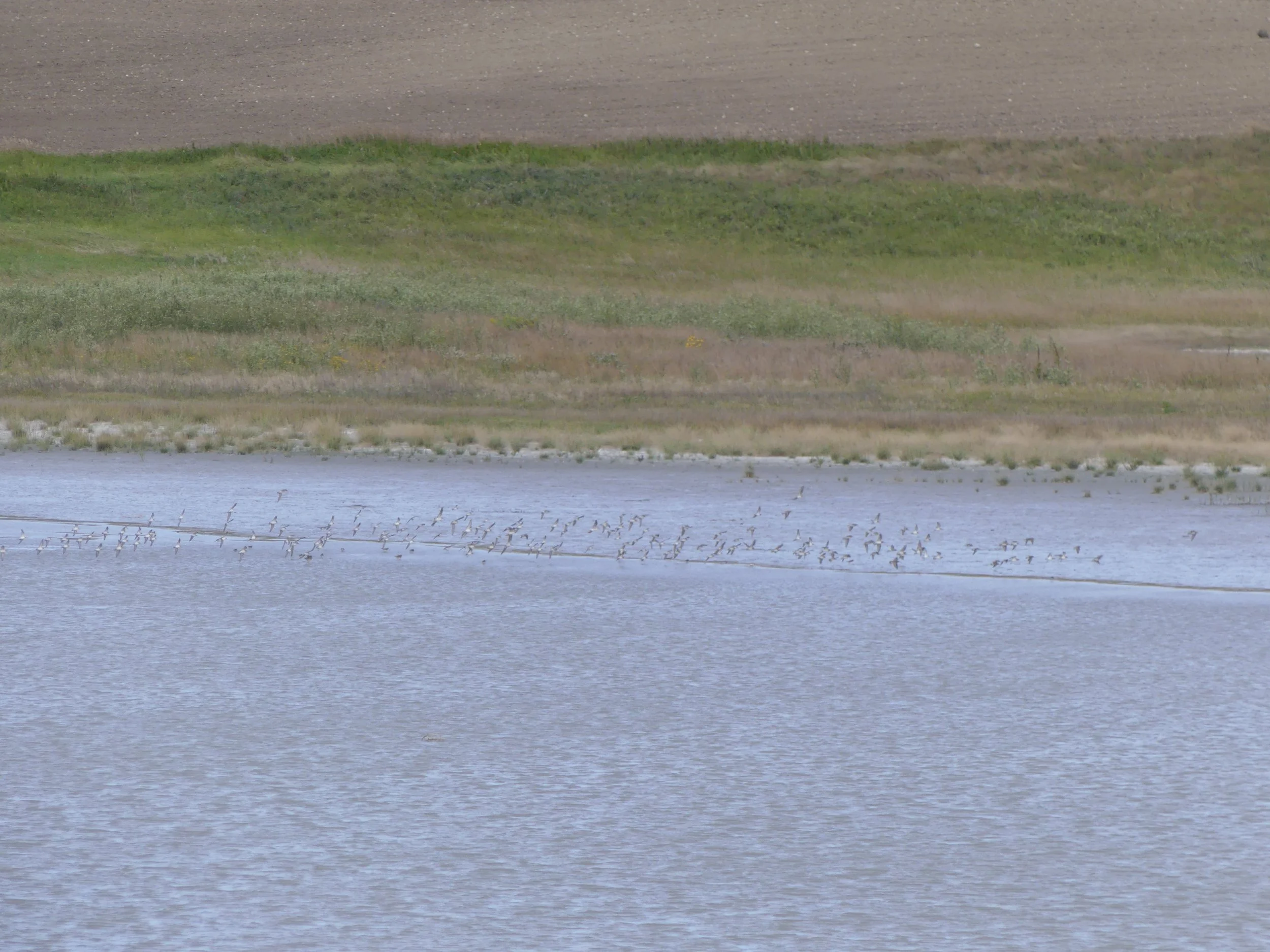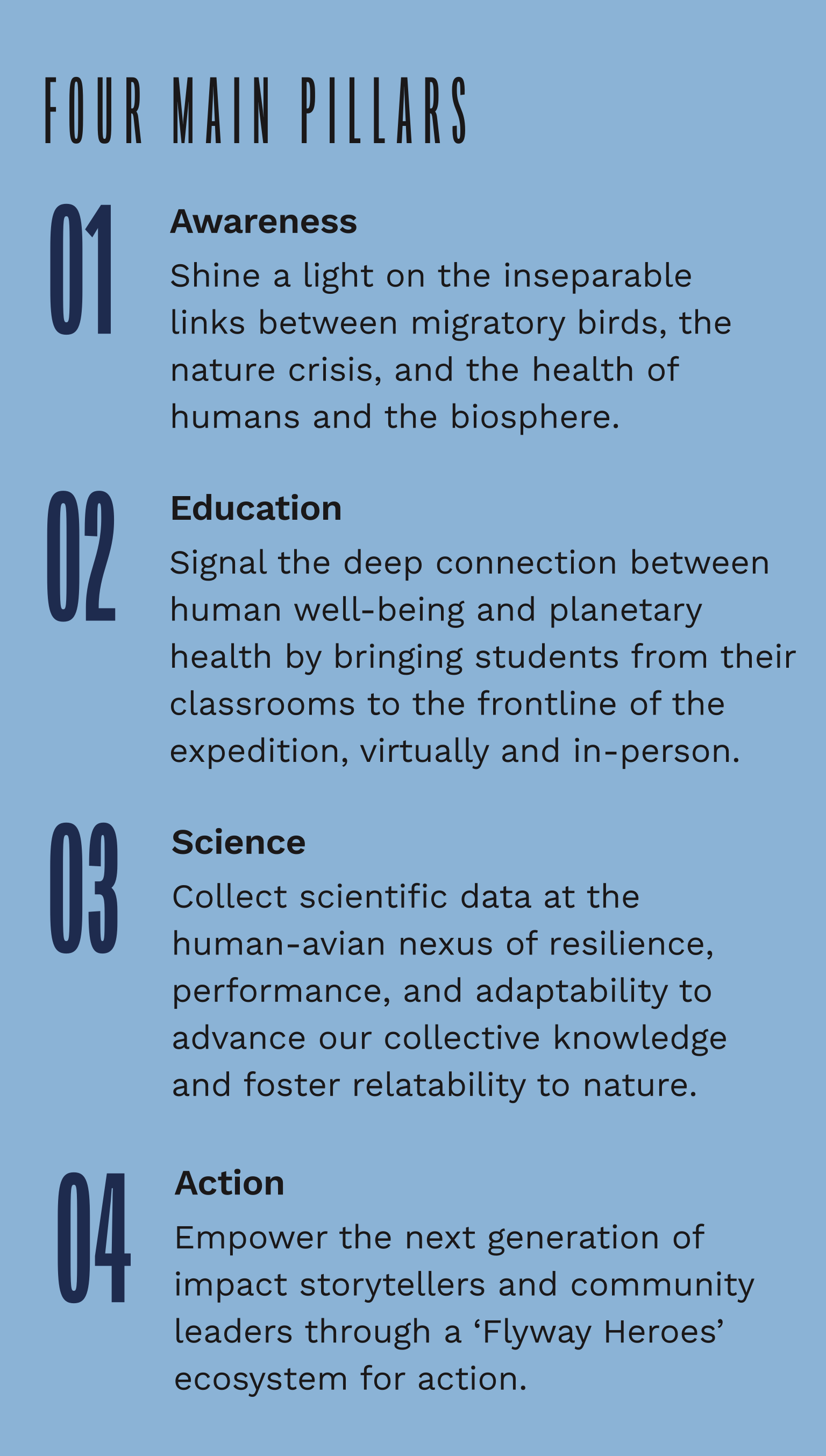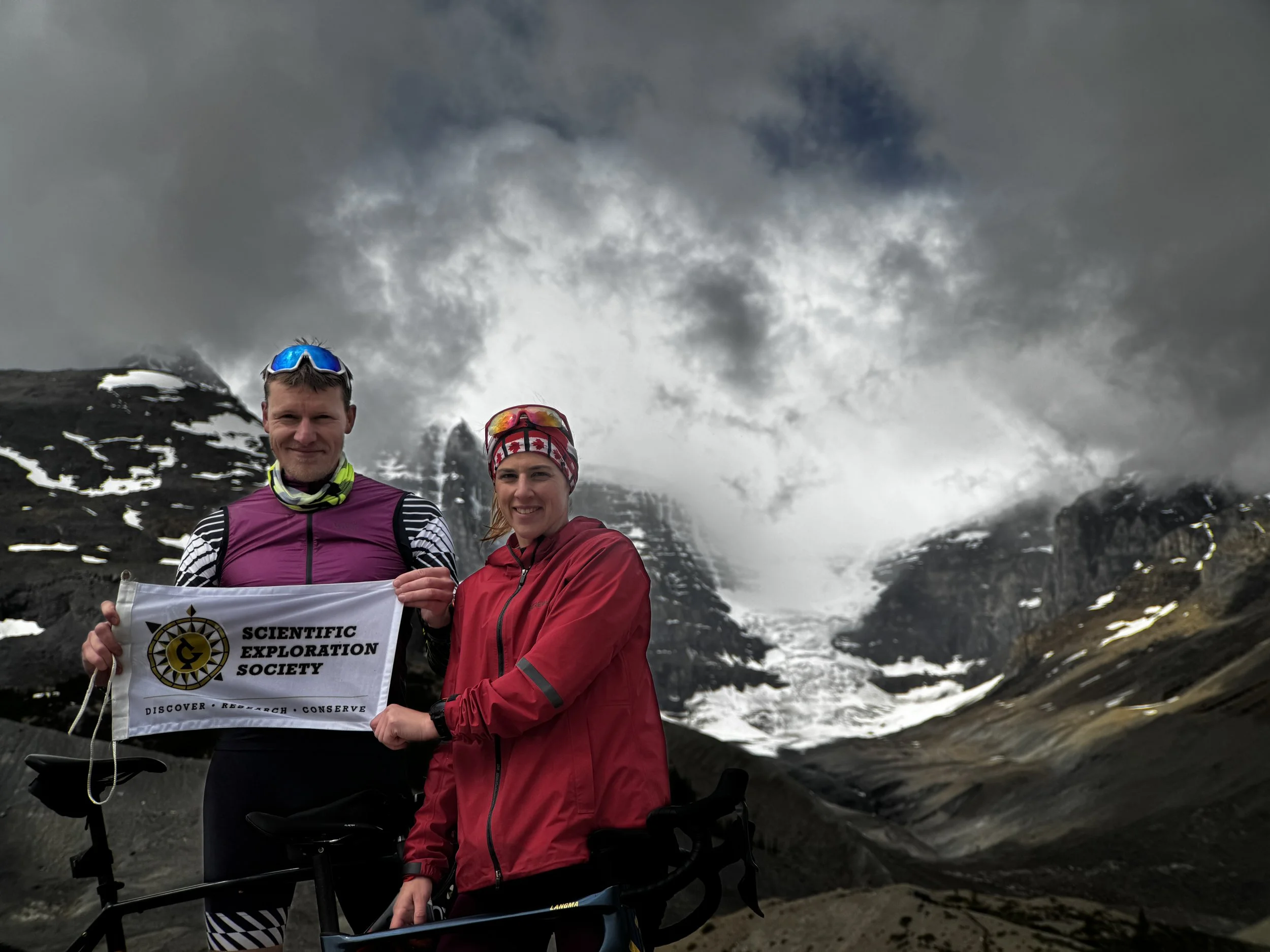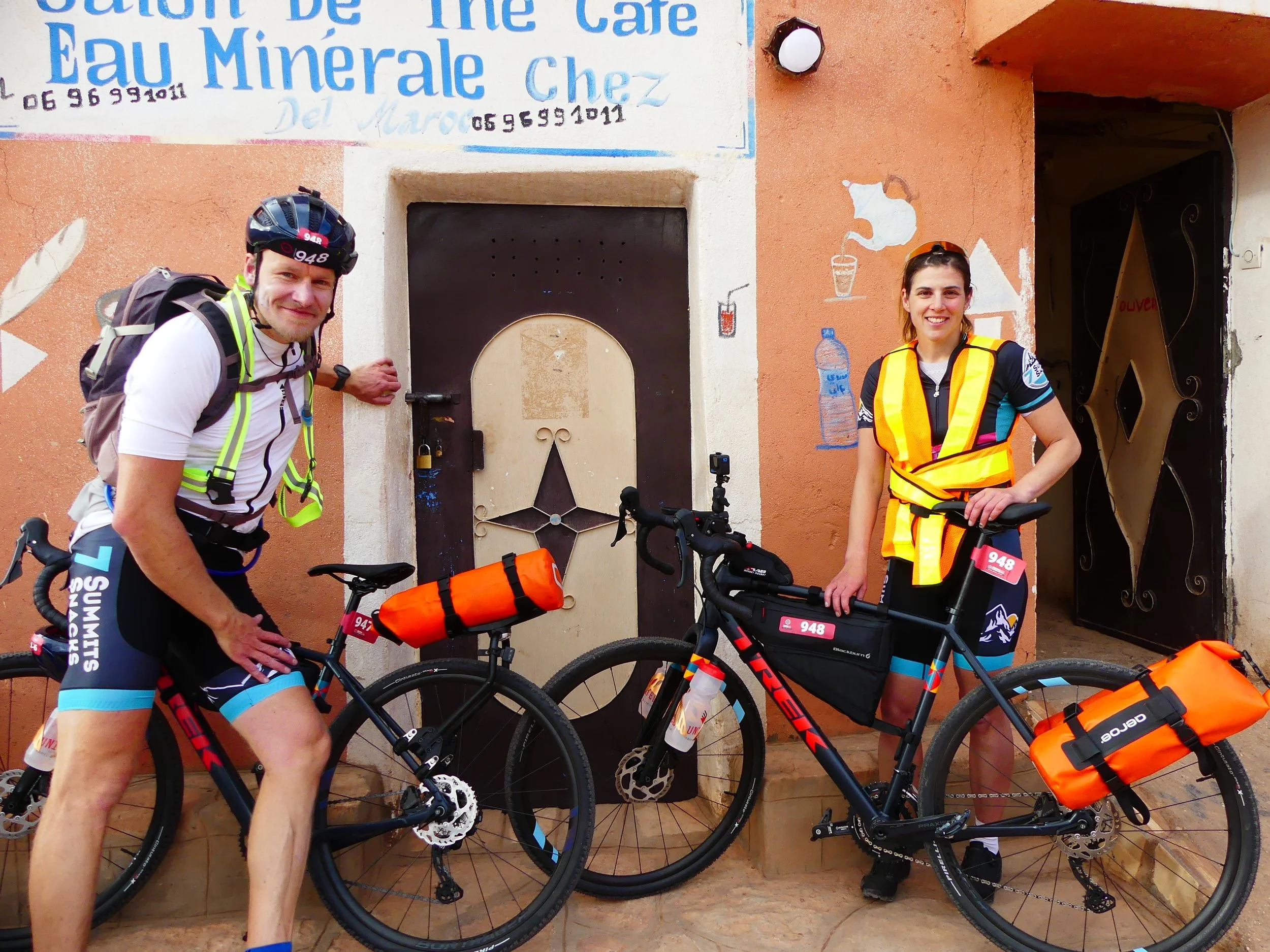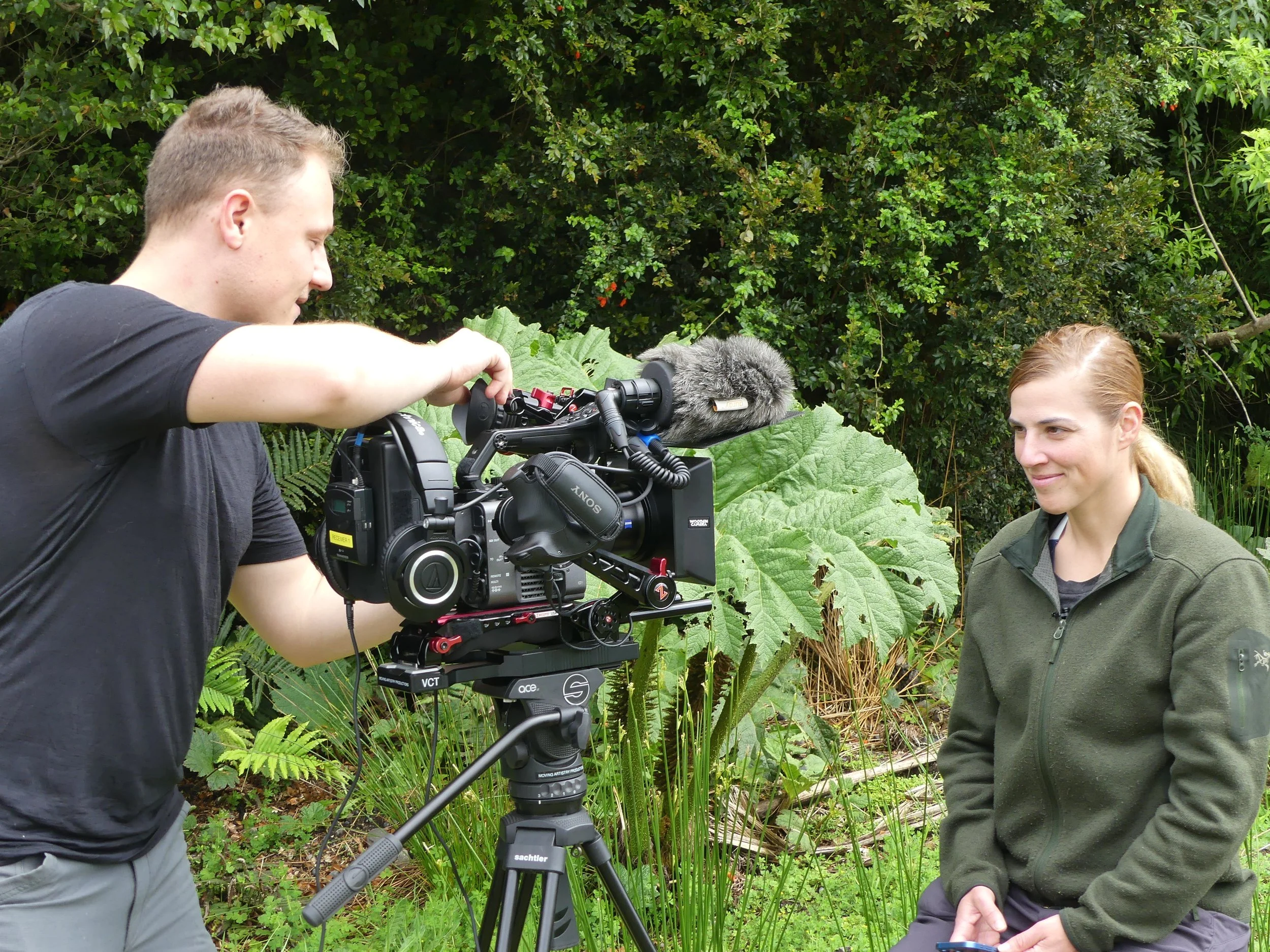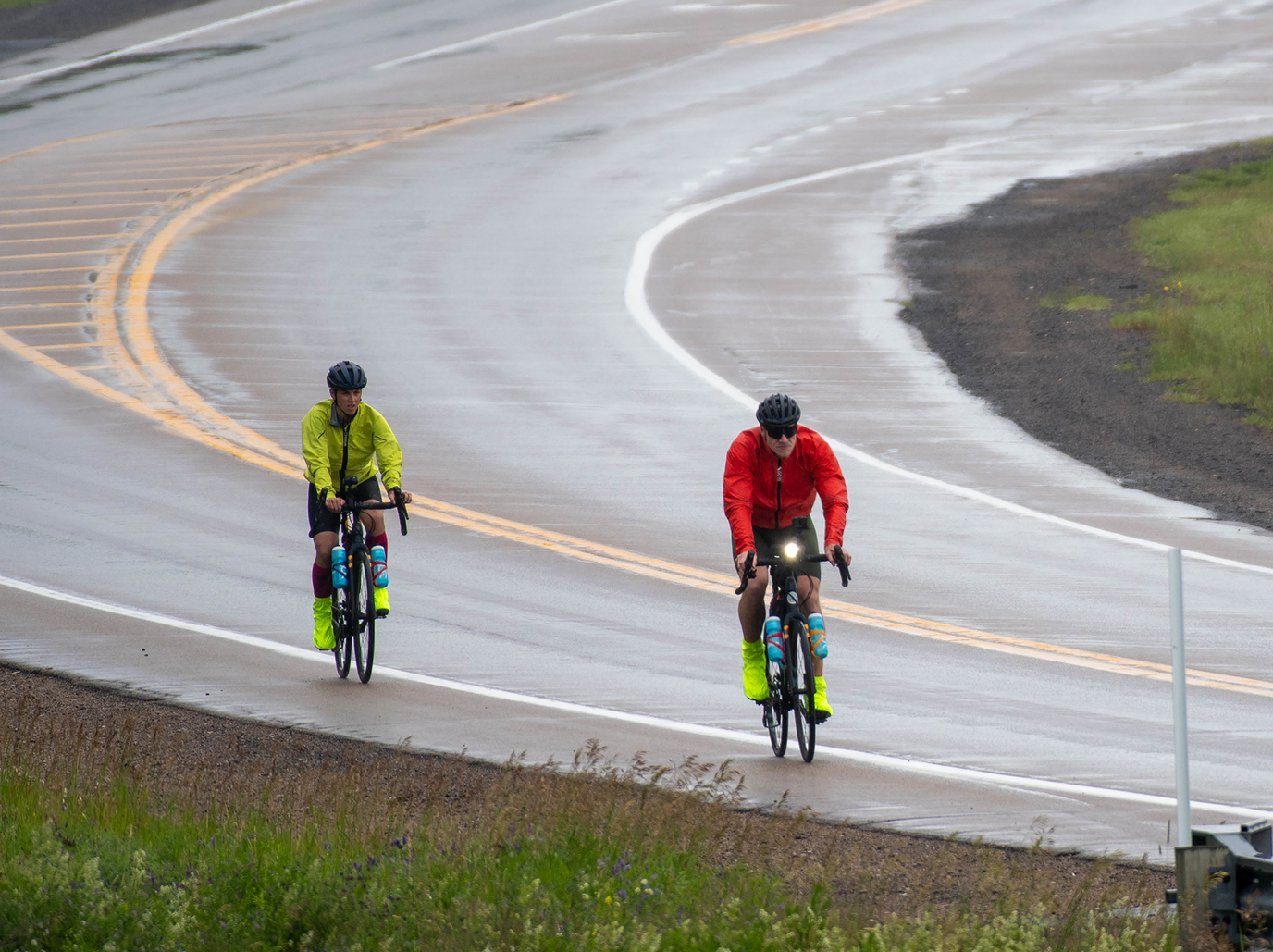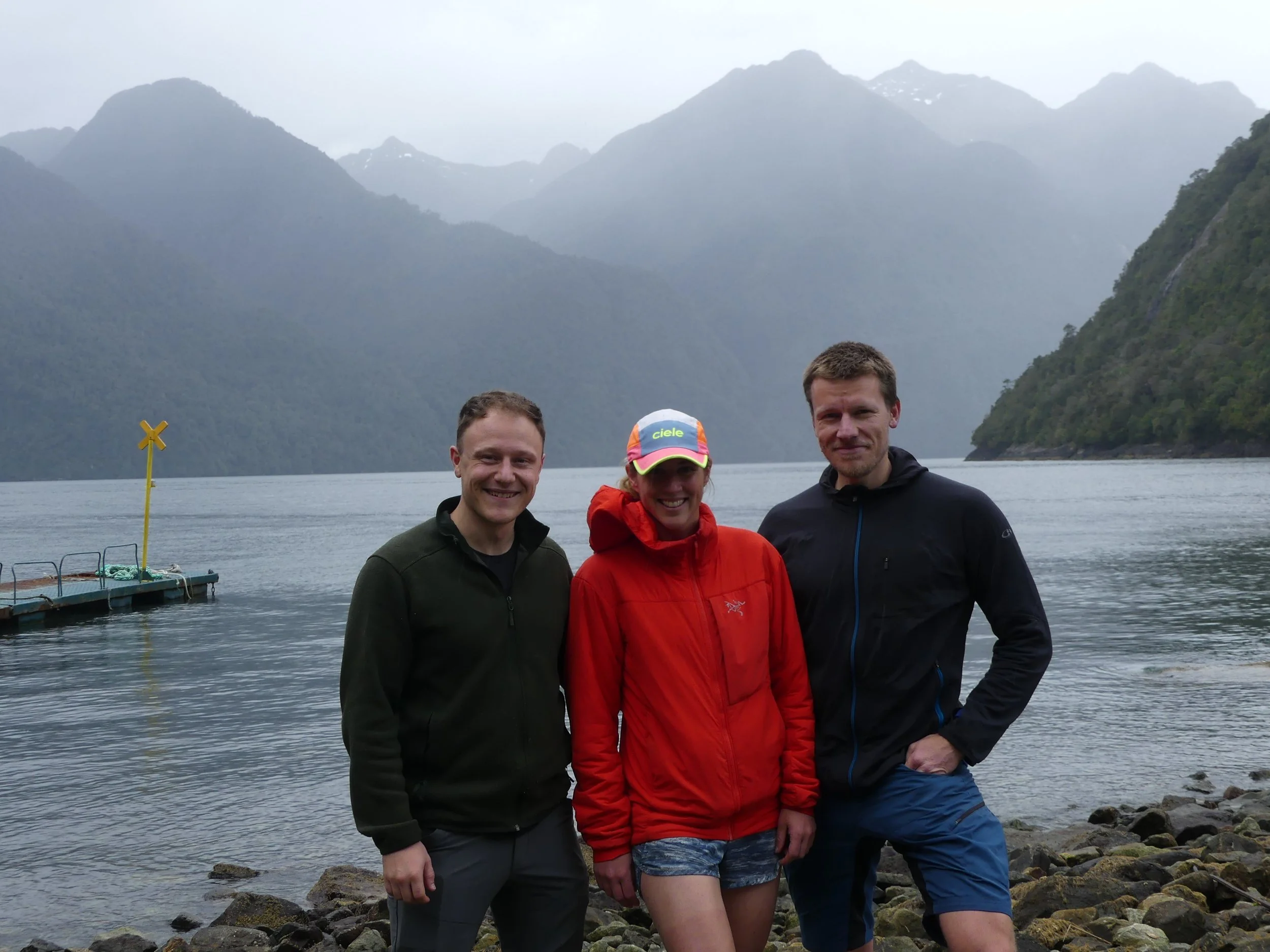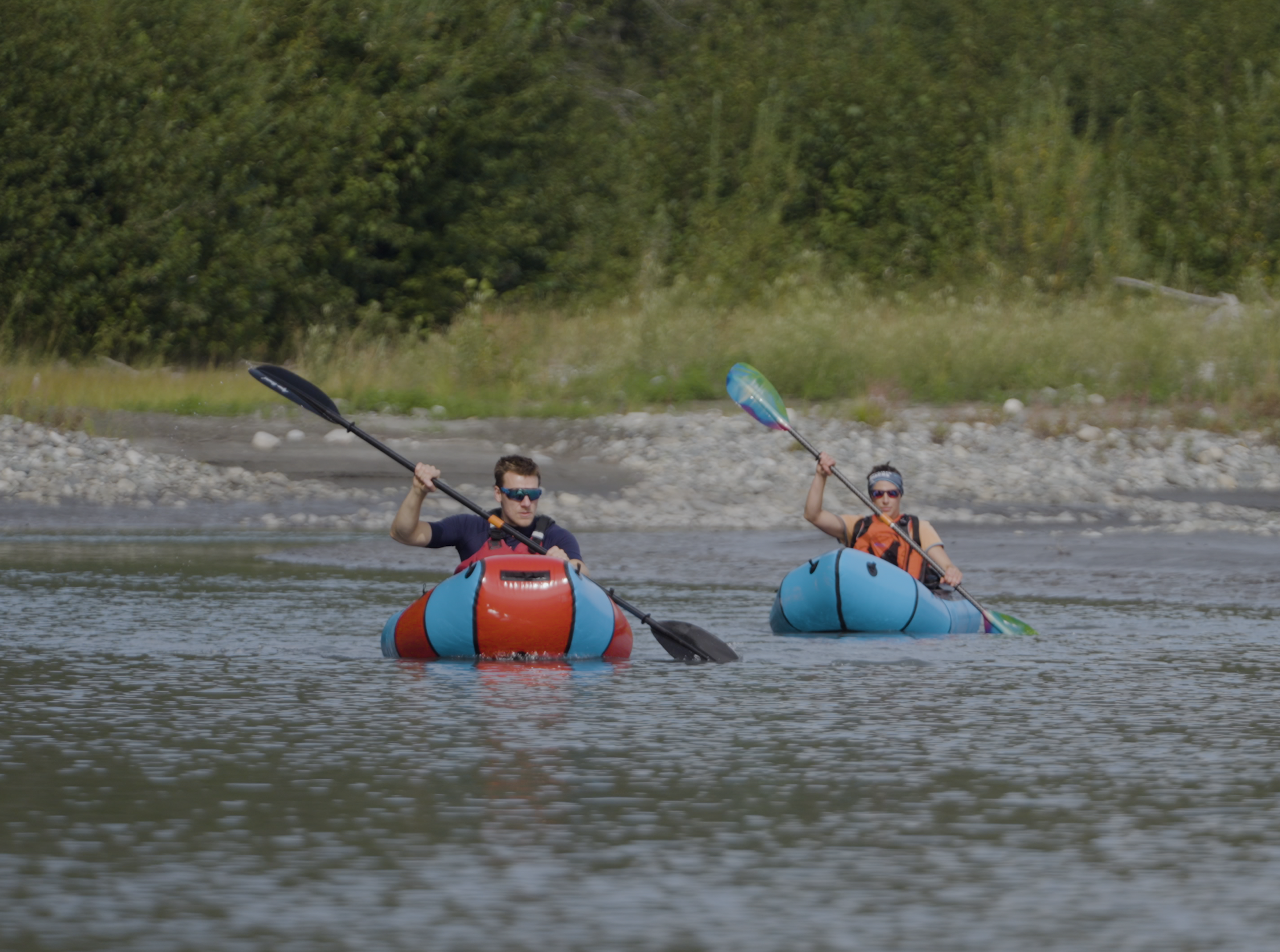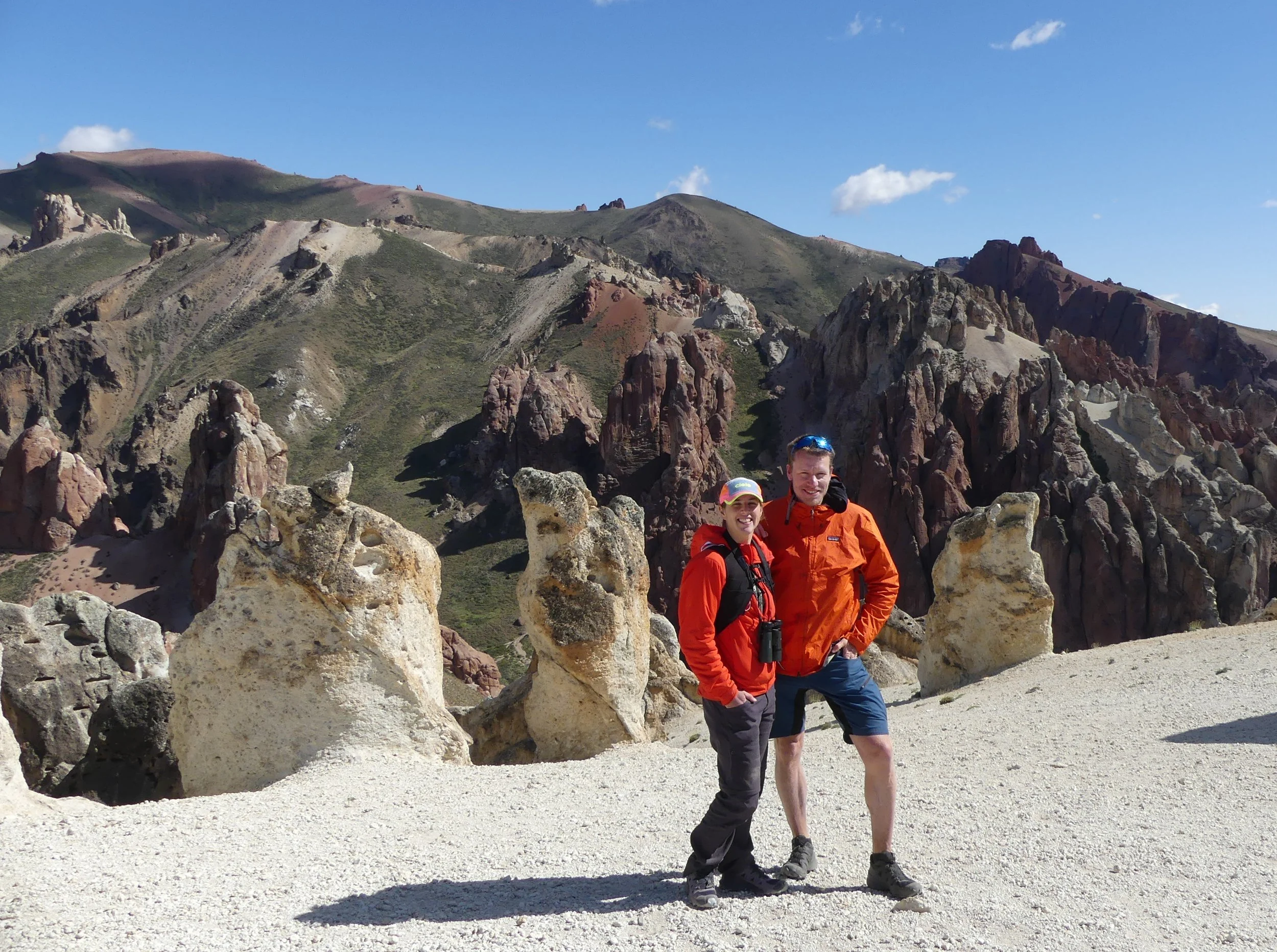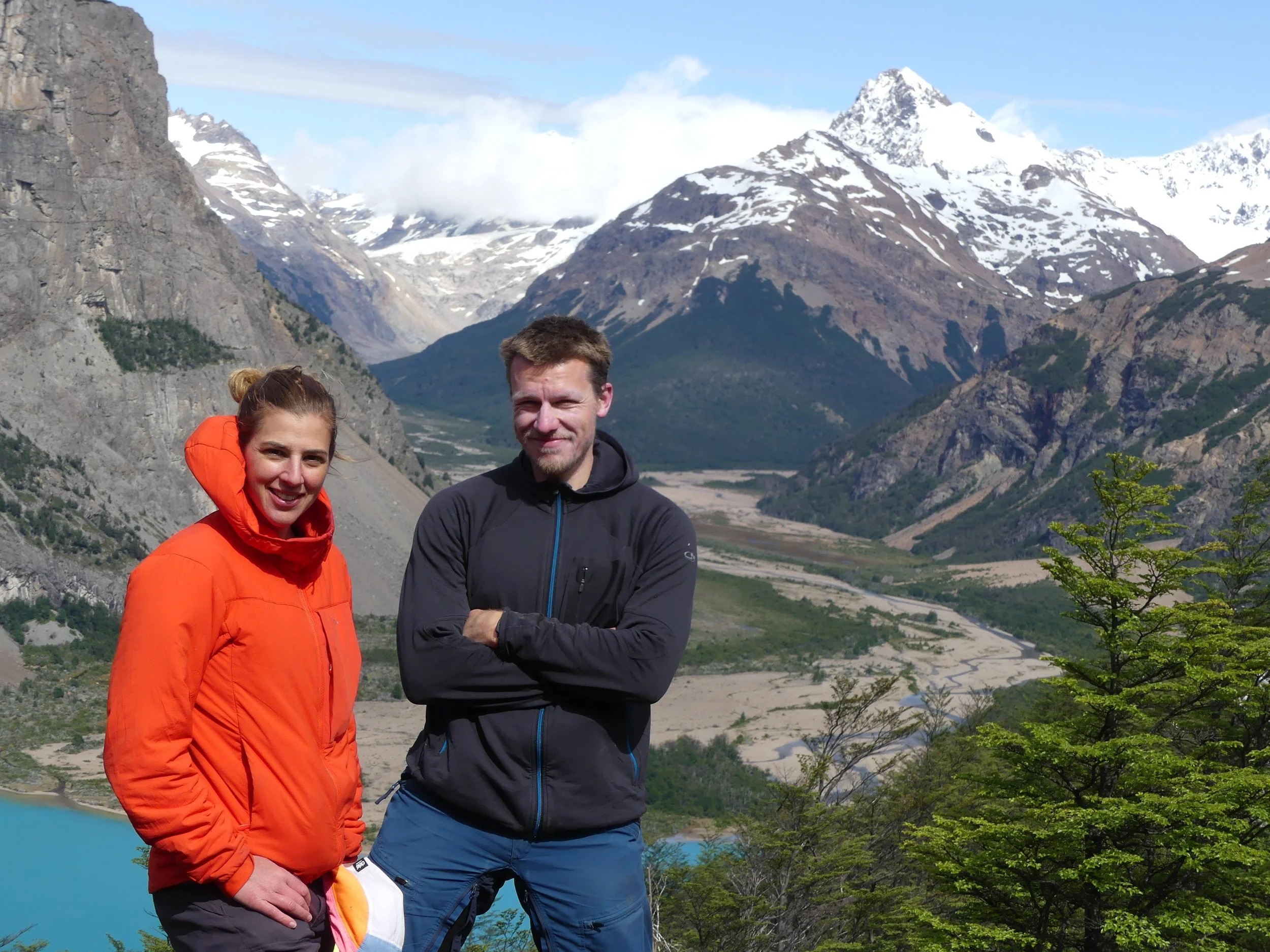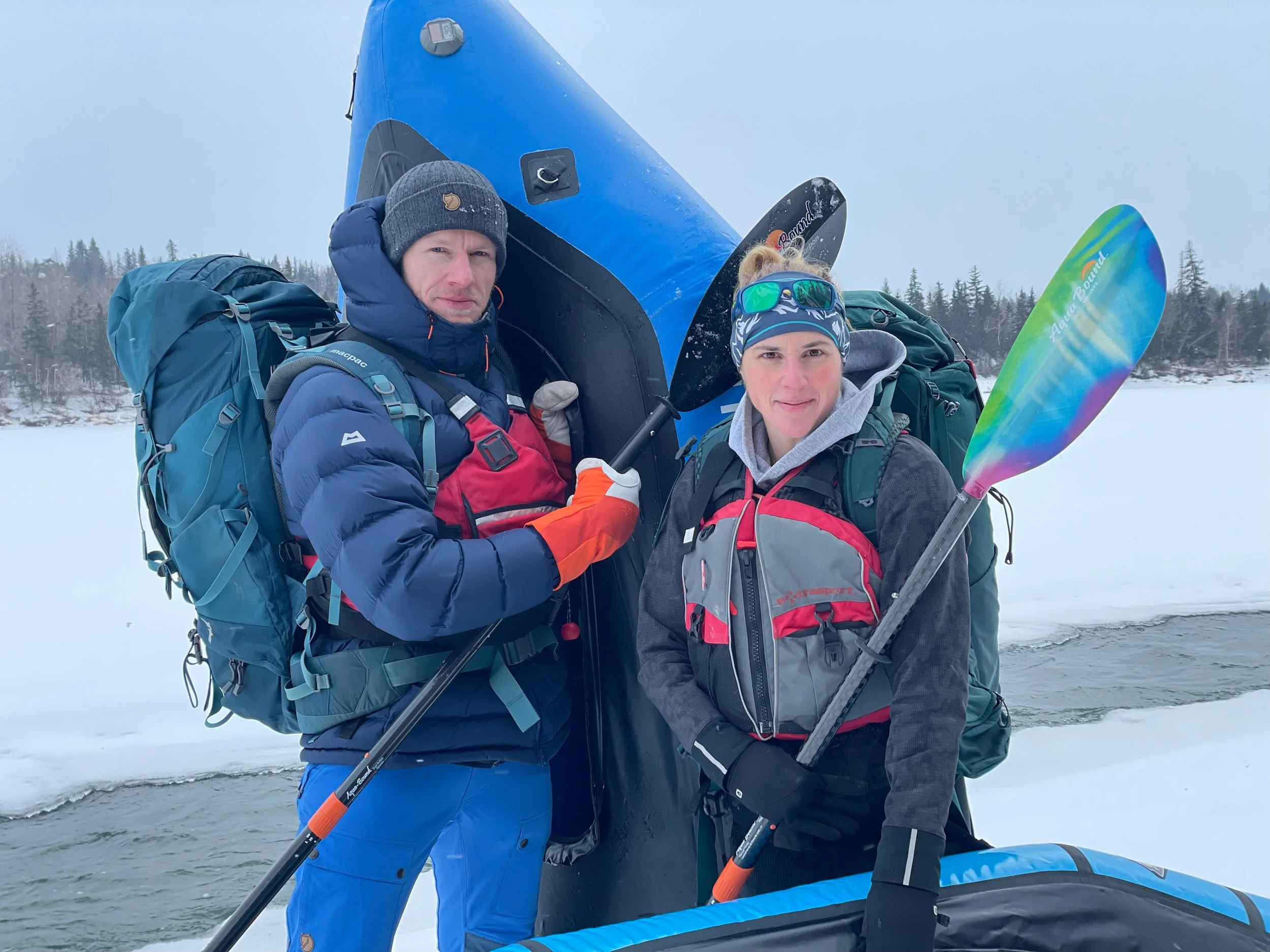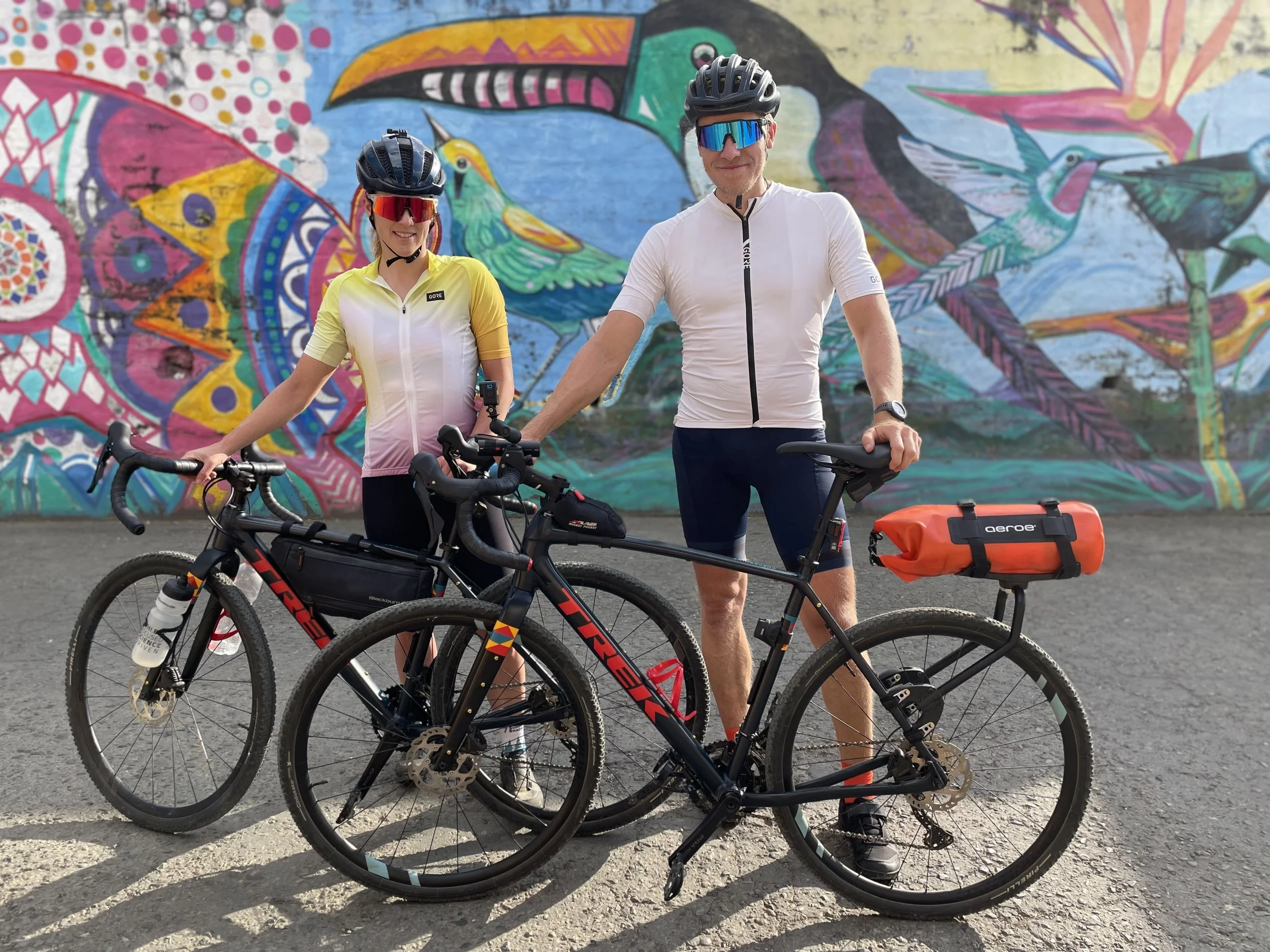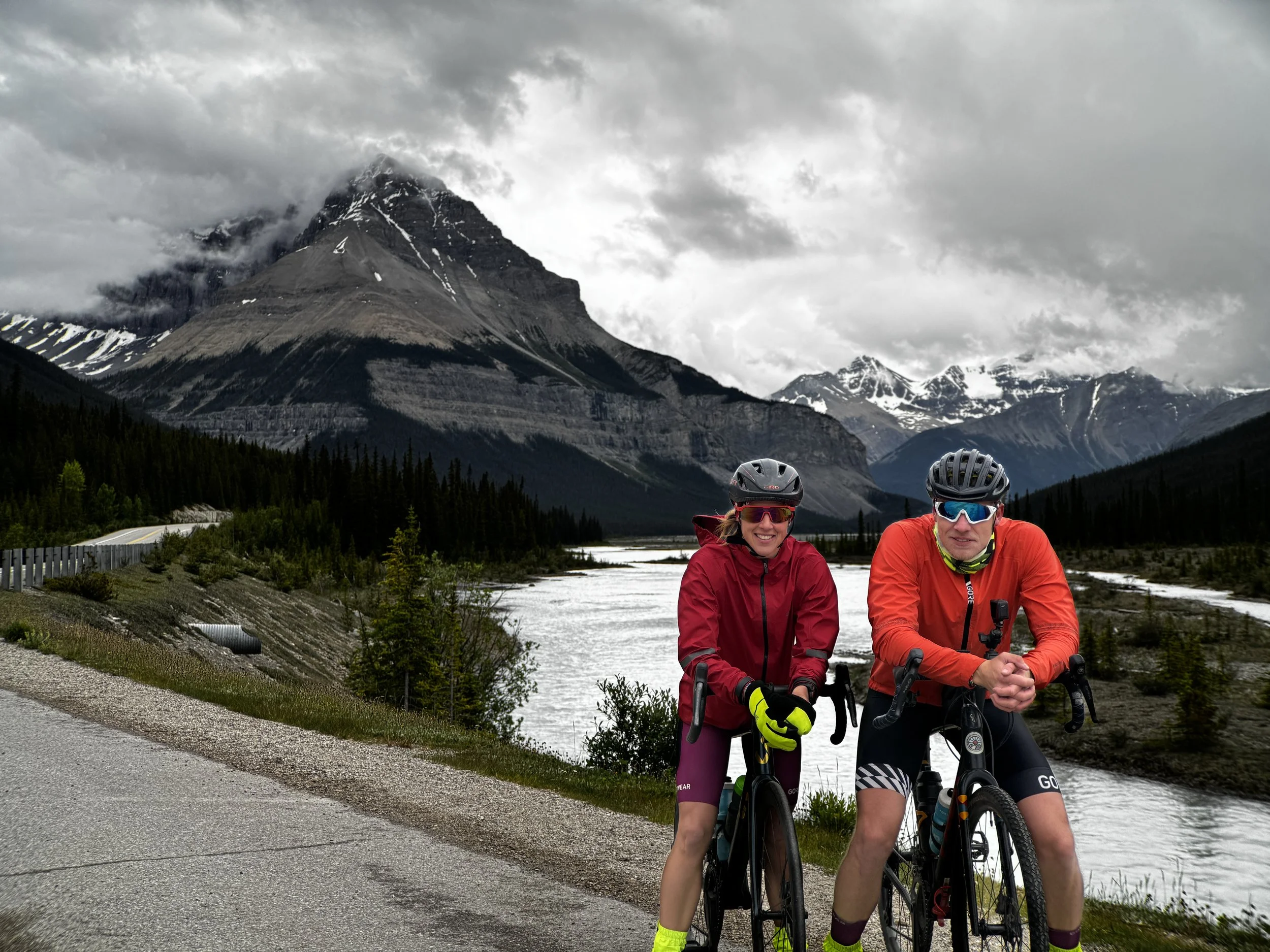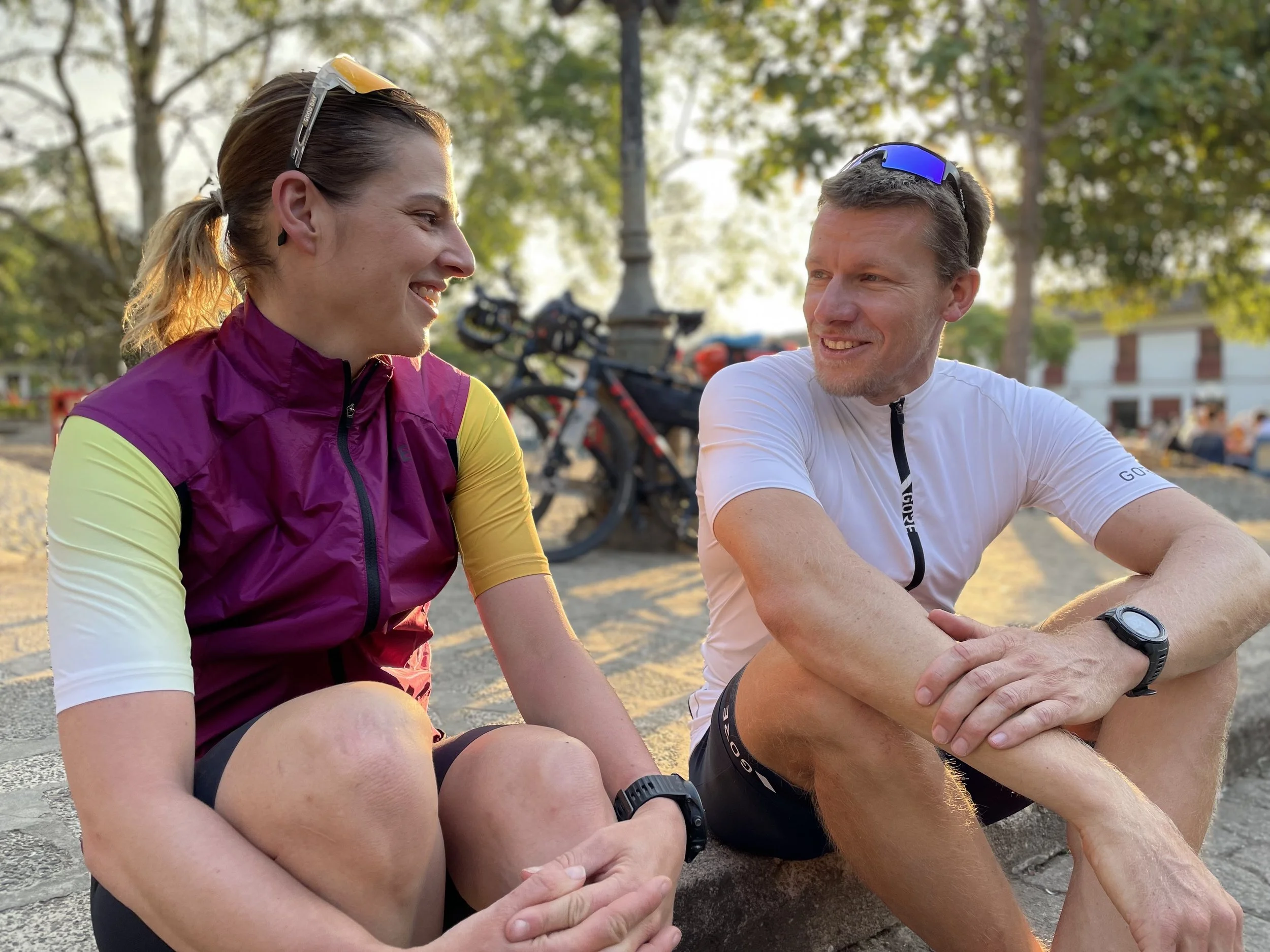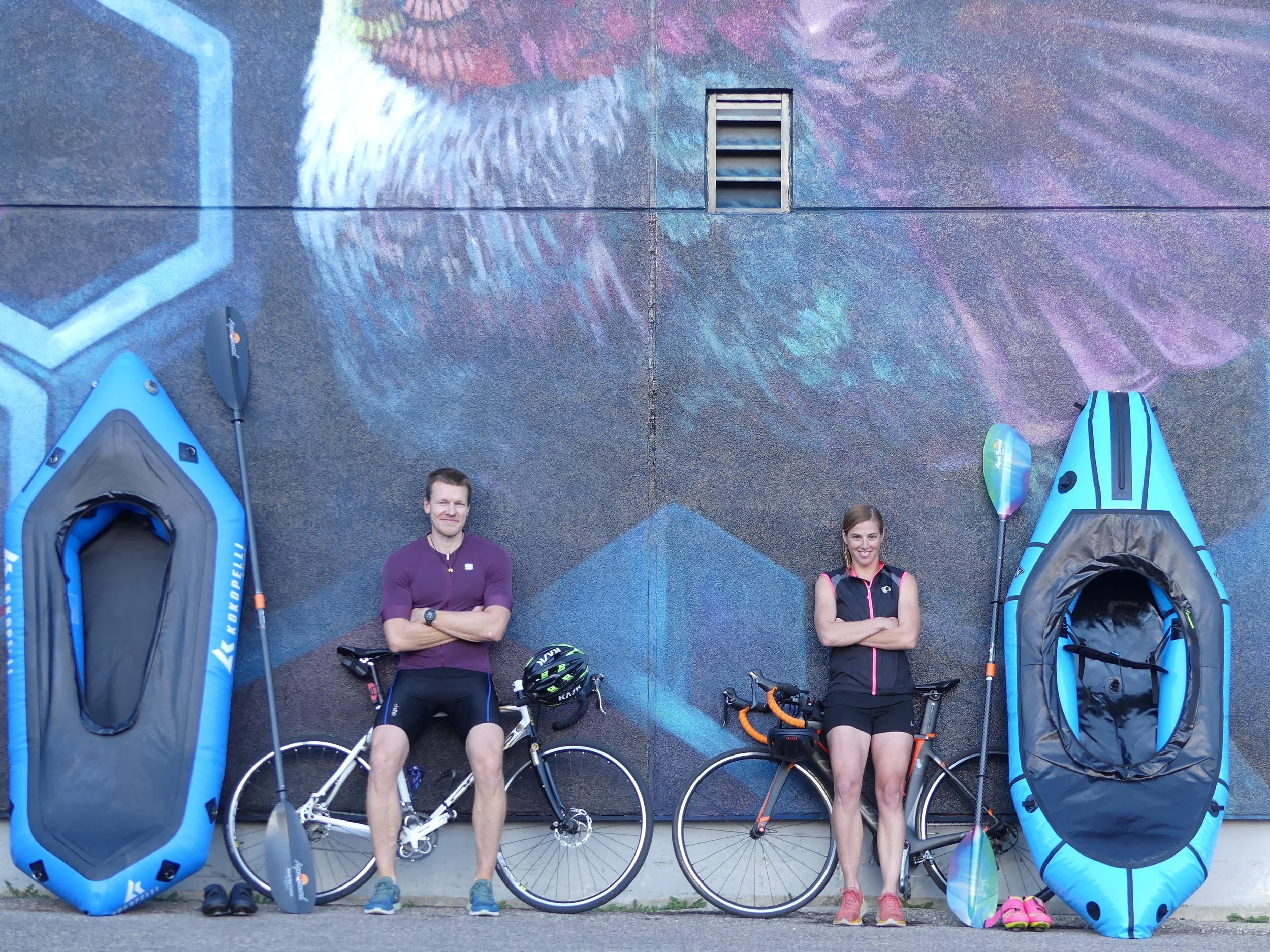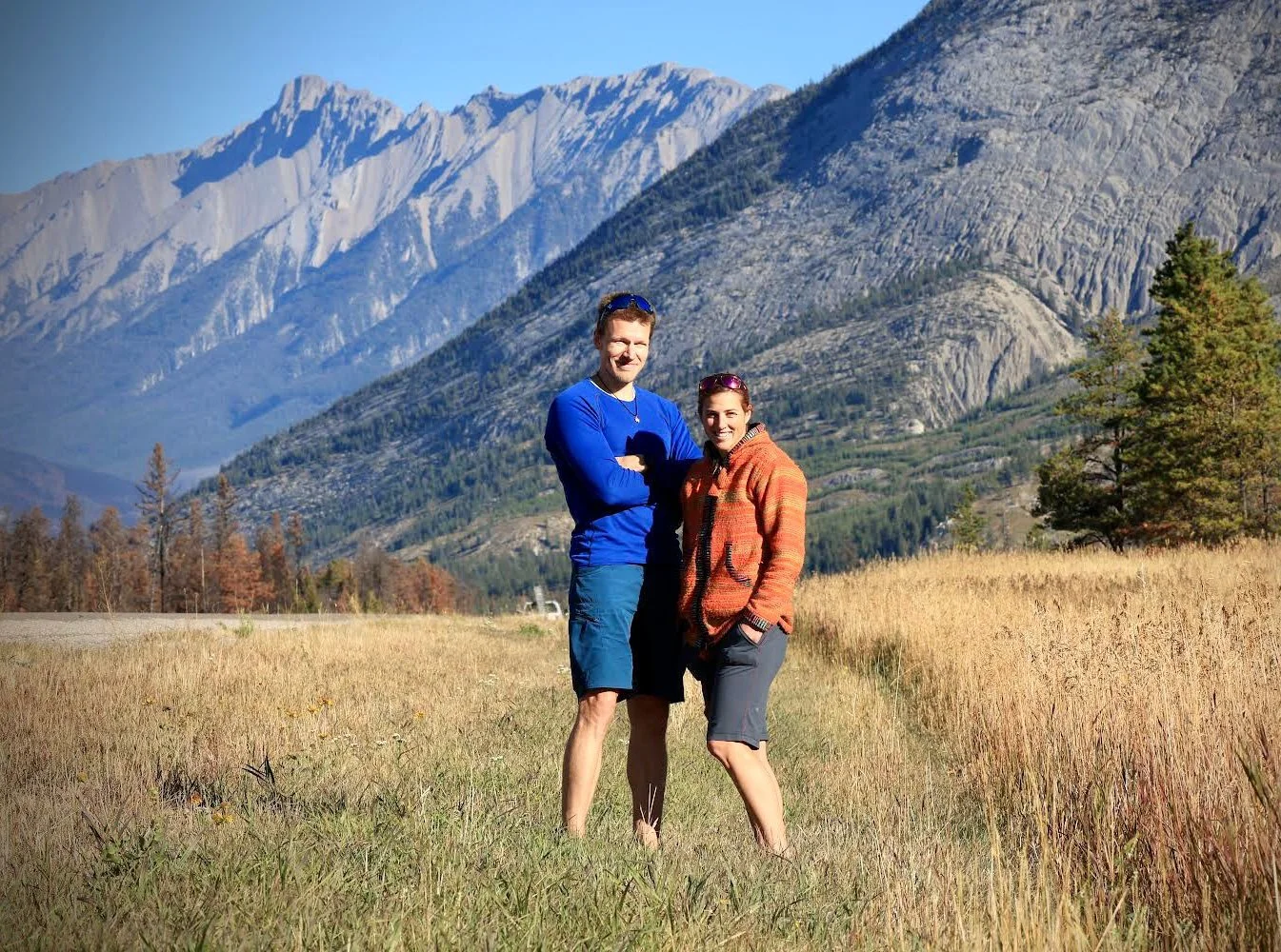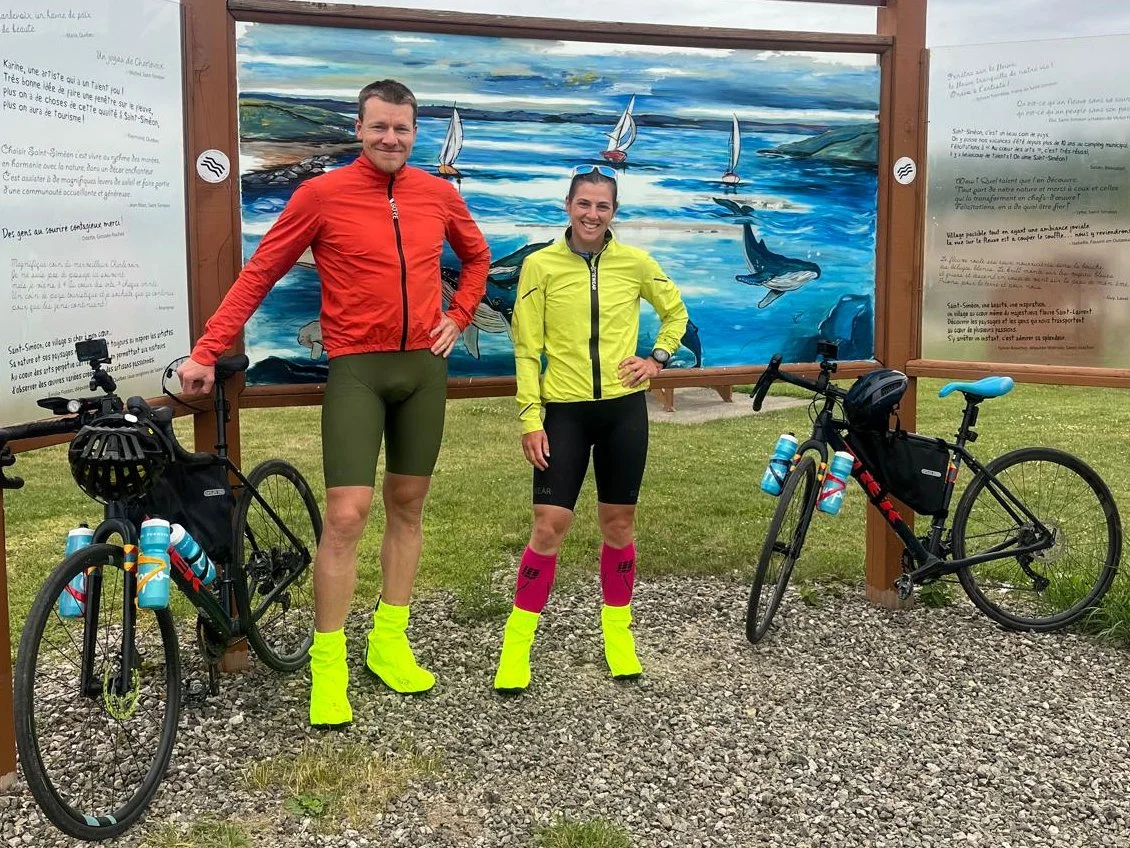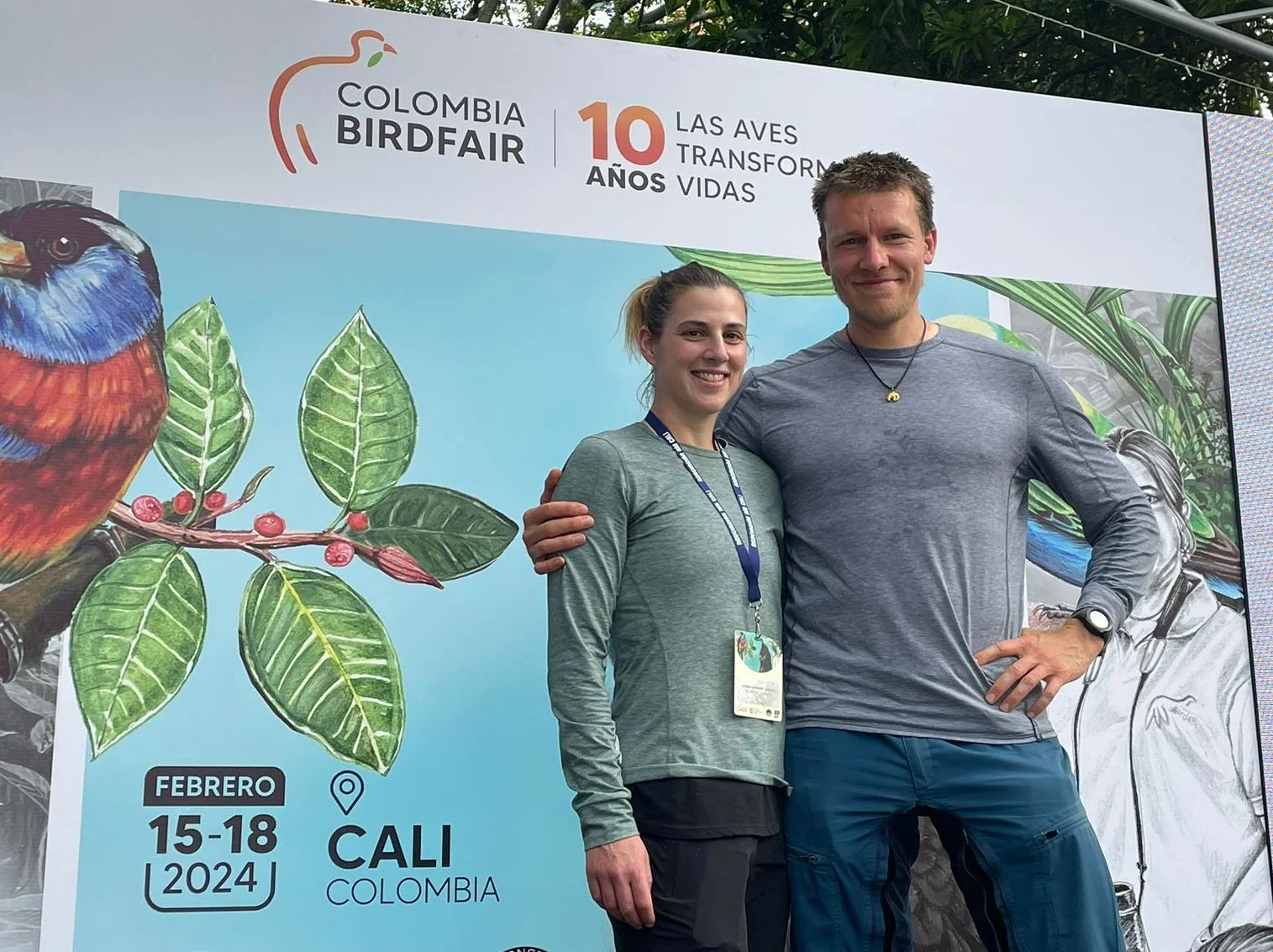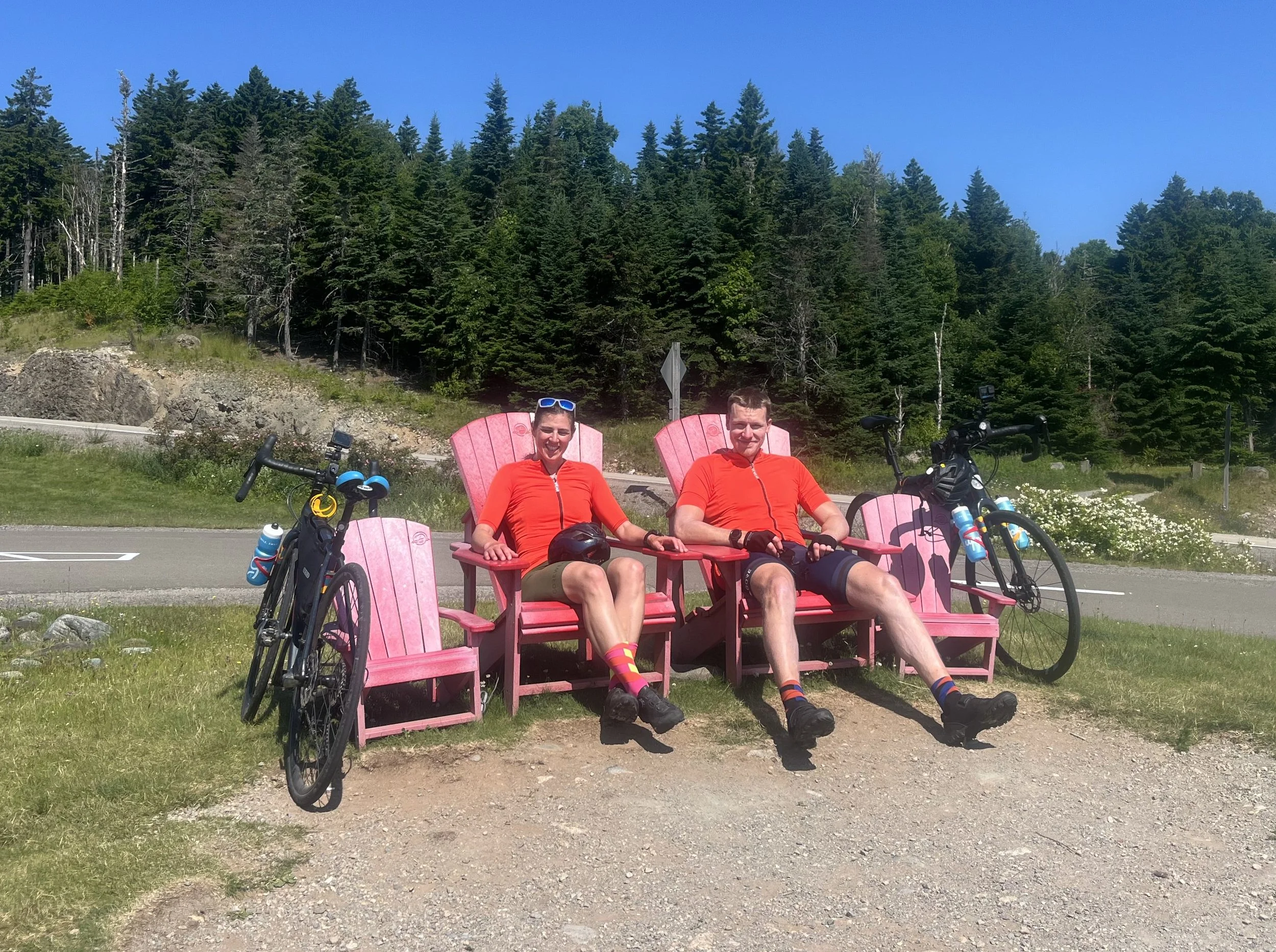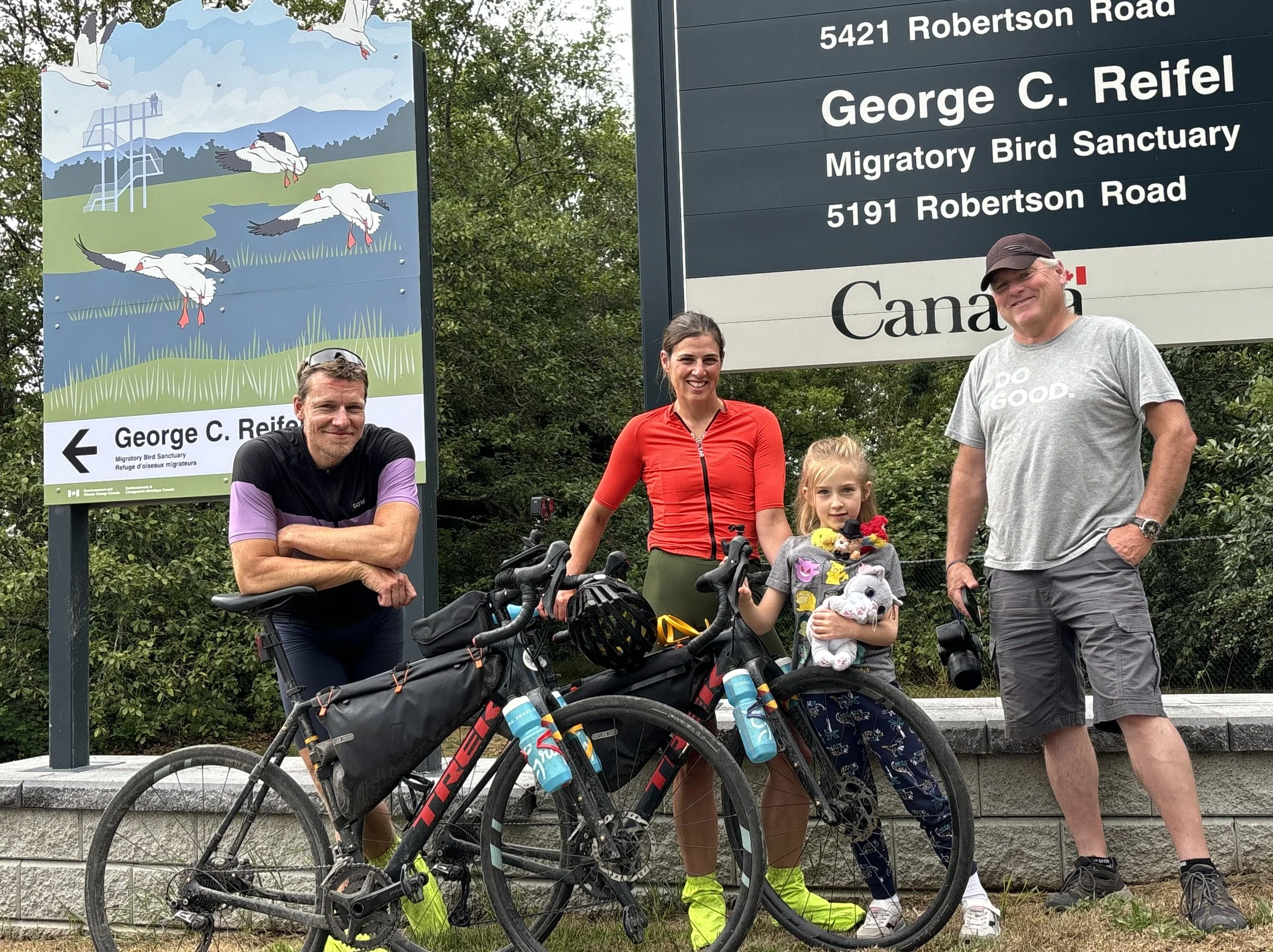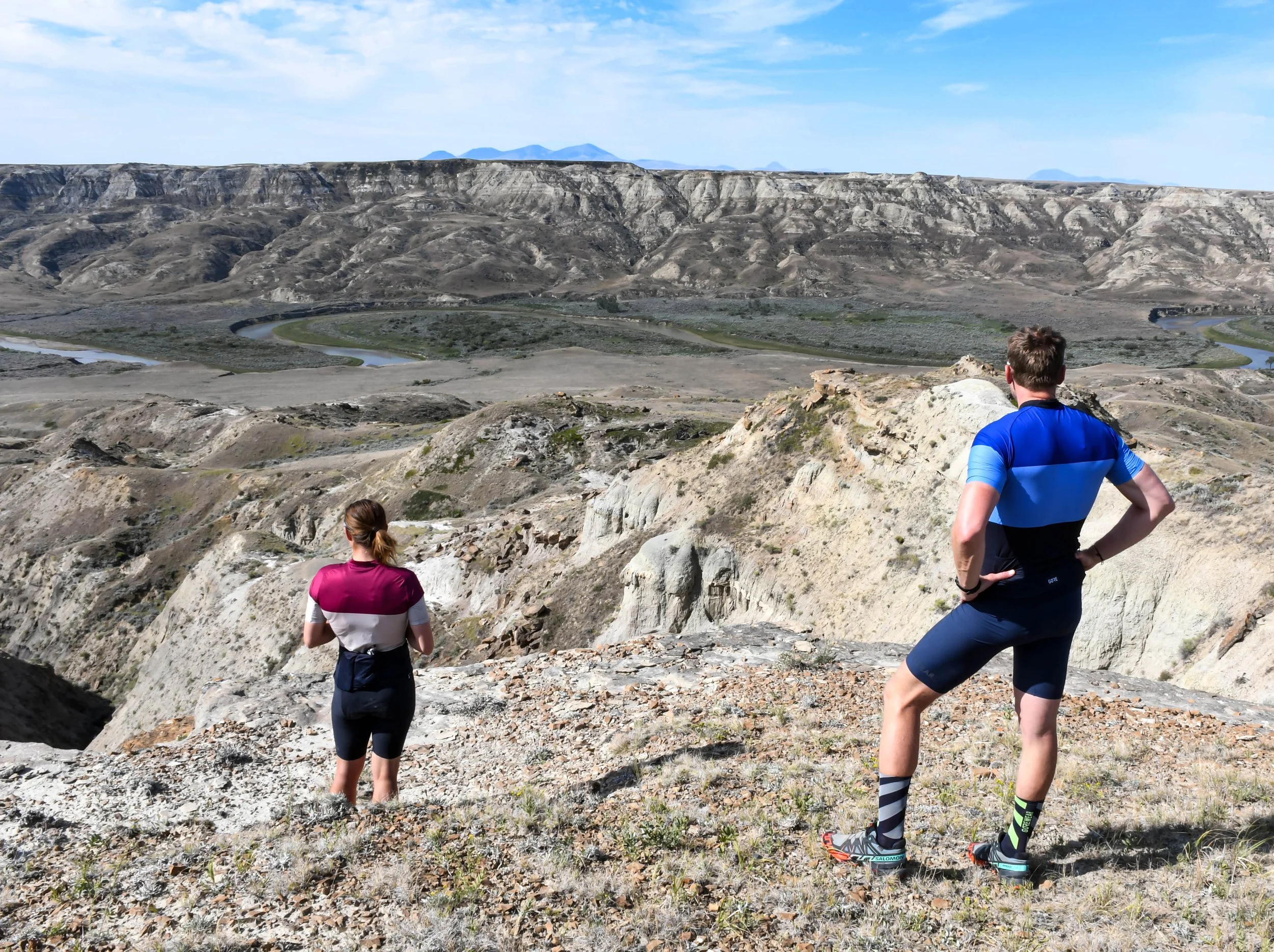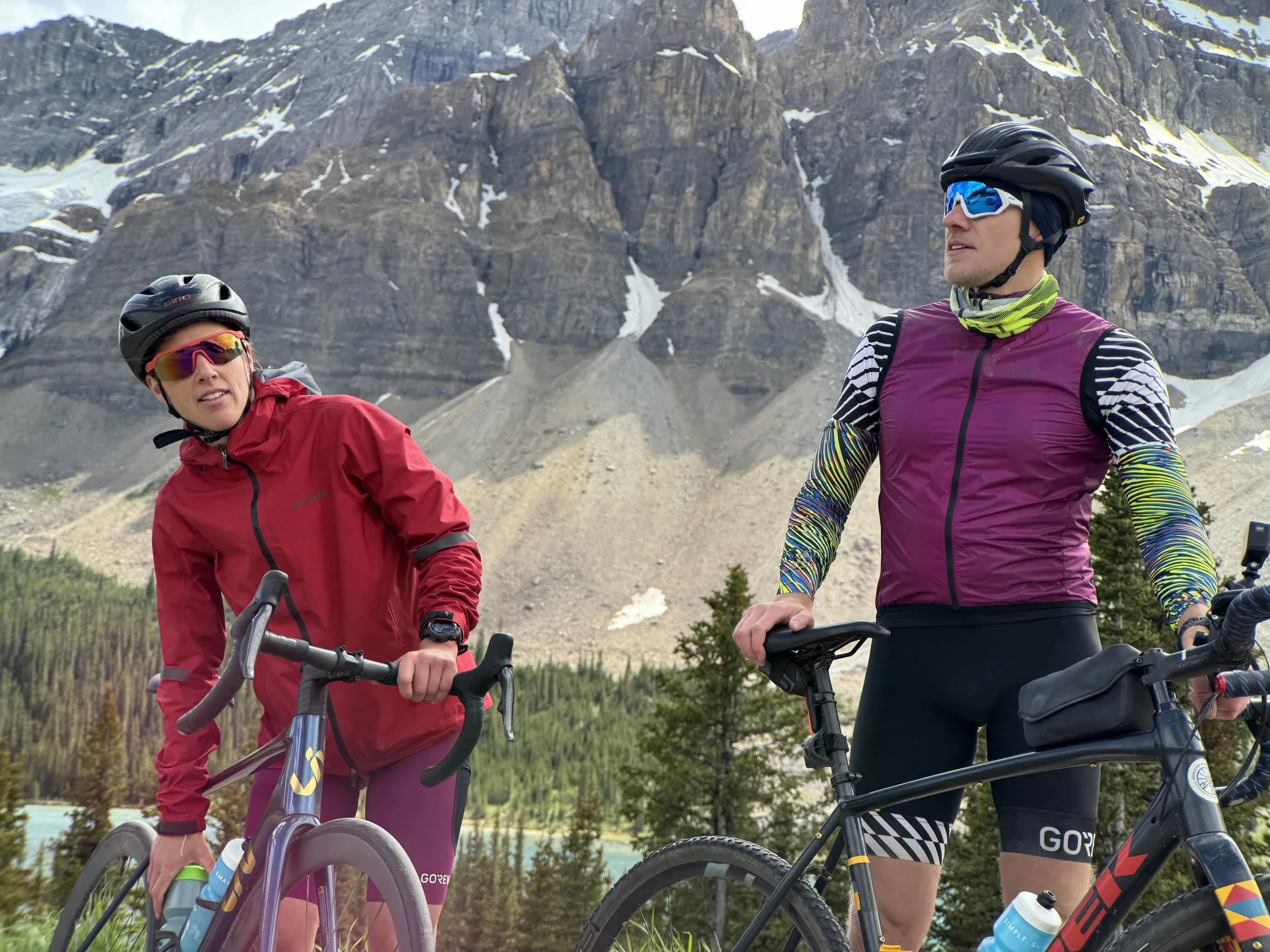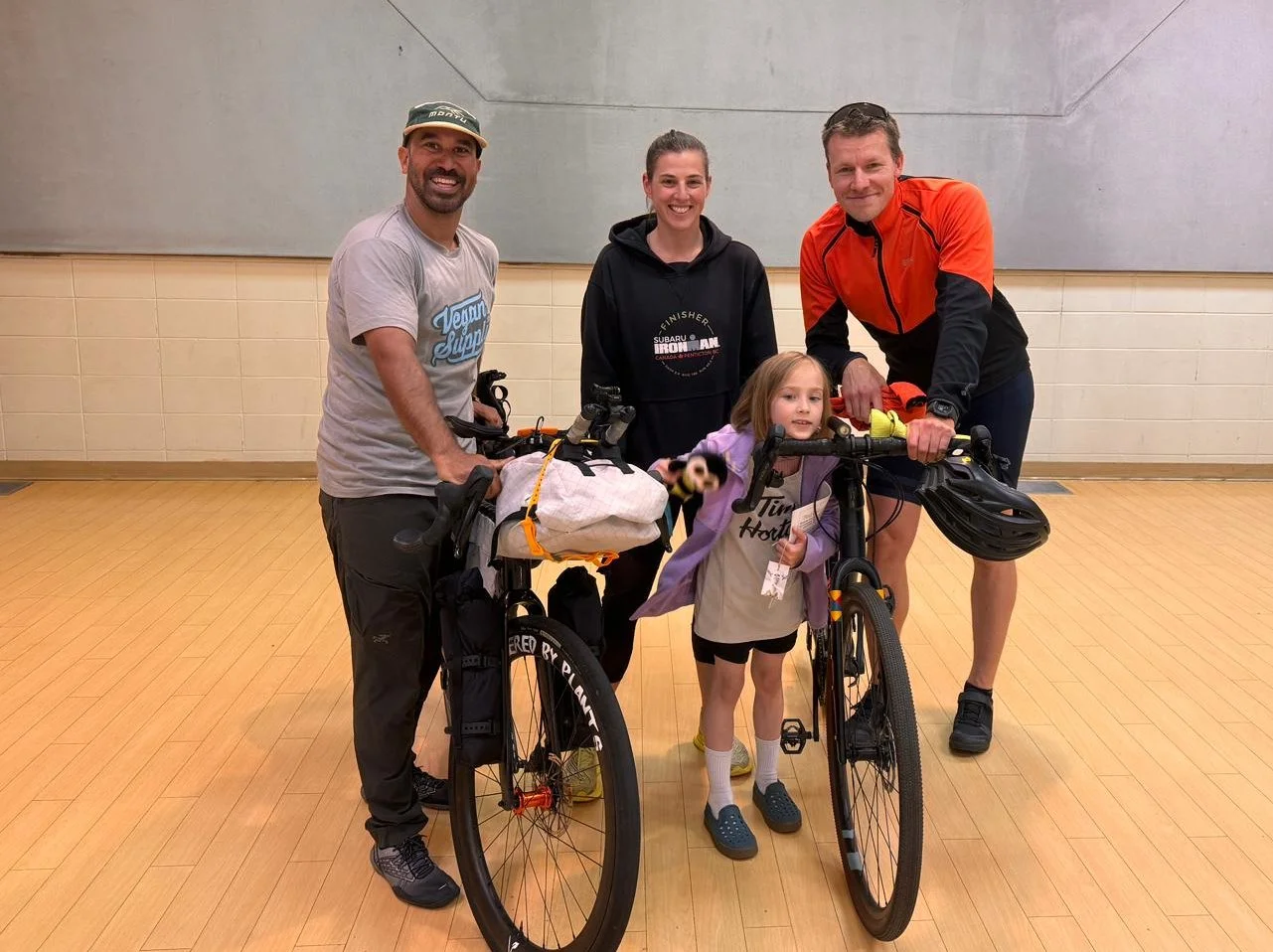The Motivation
Wings of Survival is inspired by the mounting escalation of the global biodiversity and extinction crises. In less than 50 years, we humans have extirpated 70% of the planet’s wildlife populations, including billions of wild birds, with one in eight bird species now considered at risk of extinction. We are endangering ourselves.
The Concept
Wings of Survival was conceptualized by Dr. Timm Döbert, evolved from his deep passion for and commitment to science, exploration, and sport. His long-term vision is a trilogy of unmotorized expeditions, across the planet’s major flight paths, emulating the epic journeys of migratory birds, the world’s greatest ‘athletes’ and our barometer for planetary health.
The Initiative
Wings of Survival is an impact initiative centered on the profound, life-sustaining bond between migratory birds and humanity. Through bold storytelling and relational perspective, we aim to build and nurture a community of change-makers, underpinned by how we look at birds: as beacons of hope for the future of all life on Earth.
At the heart of our mission lies an urgent plea for action: to inspire and empower people — youth in particular — to voice their values and realize their visions of an ecologically harmonious and socially fair future.
By weaving together extreme sports, impact storytelling, scientific exploration, and the extraordinary journeys of migratory birds, we are creating a visceral, unforgettable race with nature — a powerful story that moves people to take action for our planet.

The bird
The avian champion of the first expedition is the Hudsonian Whimbrel, a remarkably resilient yet increasingly threatened shorebird, committed to one of the longest migrations in the animal kingdom. Born in the High Arctic, these birds travel to places as far-flung as Tierra del Fuego at the southern tip of Patagonia, revealing mind-boggling superpowers.

